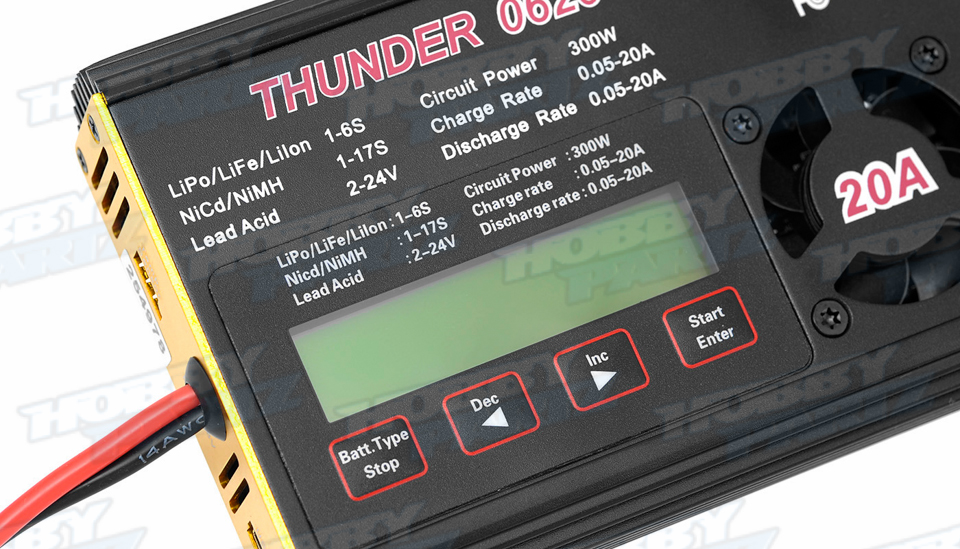

Some of the other folders feature specific elements culled from NI's catalogue: specifically, the filter, envelope and oscillator from their Monark Minimoog emulation, the delay and reverb from Rounds, and the awesome Driver distortion/filter.
#REAKTOR MANUAL PLUS#
These are all self-explanatory apart from the Control Voltage Processor, which is a signal shaping tool with Level, Offset and Slew controls, plus Linear/ Exponential and Rectification/Clipping shaping settings - perfect for making modulators more expressive and introducing richer harmonics to voiced signals. The first of these folders is Bento Box, which features nine general-purpose components: Osc, SVF, VCA, Mix, Env, LFO, S&H, 8 Steps and CVP. Out of the box, you get 30 prefabricated Blocks divided into eight folders.
#REAKTOR MANUAL SOFTWARE#
What's more, with a CV-capable interface (such as Expert Sleepers' ES-6 or MOTU's 828 MkII), it's even possible to use Reaktor in conjunction with your hardware Eurorack system! Combining hardware and software modular systems like this will be worth the price of admission alone for modular enthusiasts - but what's in it for the rest of us? Glory box Part of the Blocks specification is that they use audio rather than control signals for all input and output, giving total freedom when it comes to signal routing between them, much like u-he's ACE and Bazille synths. While new users will likely find the learning curve steep (there's no walkthrough in the Blocks manual, although NI's well-hidden Reaktor Community Learning Resources page has some helpful videos), it's easy enough to start making your own Instruments once you've got the hang of patching Blocks together in the Structure view. "Out of the box, you get 30 prefabricated Blocks divided into eight folders." It feels like NI has missed a trick in terms of potentially making Reaktor more accessible to casual synthesists, though - the addition of virtual cables in the Panel view (where the final Instrument interface is displayed) would have made everything much more immediate and user-friendly.

They work just like regular instruments, patched up in Reaktor's Structure view just like everything else in the software. If you're familiar with Reaktor, getting to grips with Blocks isn't too tricky. Perhaps unsurprisingly, their focus has been on explaining how Blocks make Reaktor 6 akin to having an enormous modular analogue synth in your laptop - more on that later. NI certainly hasn't gone out of its way to make it clear what Blocks actually are, nor that they're only capable of delivering monophonic results thanks to Reaktor's current inability to send polyphonic information between Instruments. "The main thing that Reaktor 6 adds to the mix is the modular hardware-like Blocks." These aren't a new hierarchy strata like Core was rather, they're an Instrument specification - a sort of equivalent of Doepfer's A-100 (more commonly known as Eurorack) hardware spec.

The main thing that Reaktor 6 adds to the mix is the modular hardware-like Blocks.


 0 kommentar(er)
0 kommentar(er)
